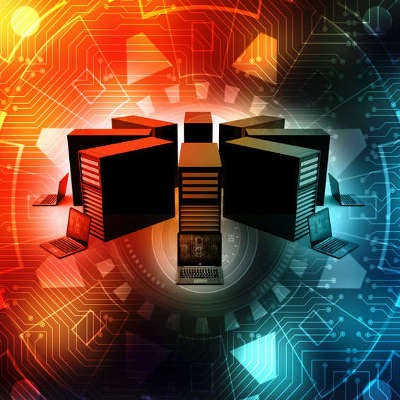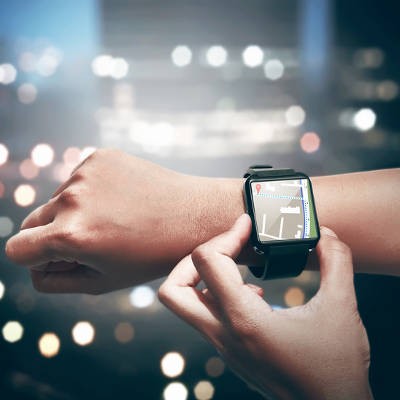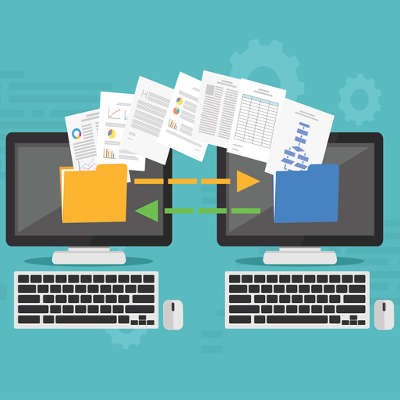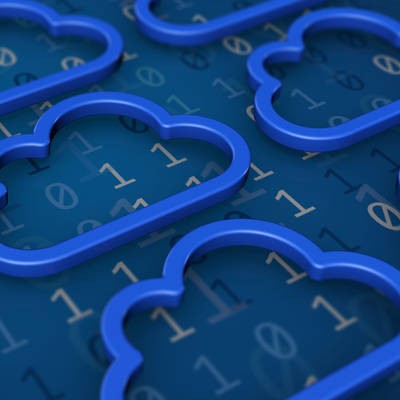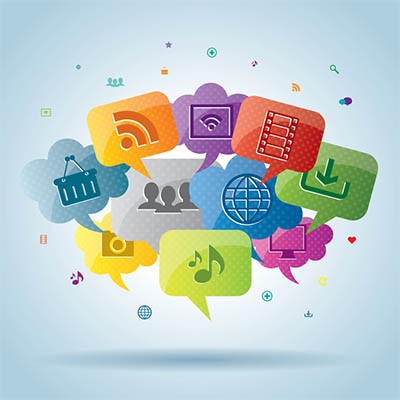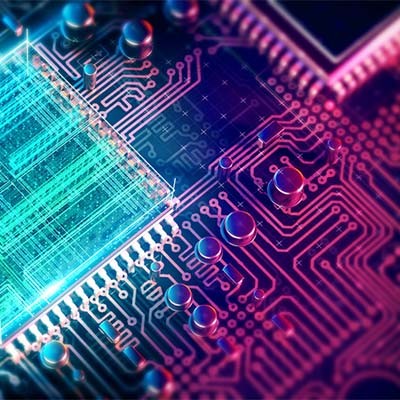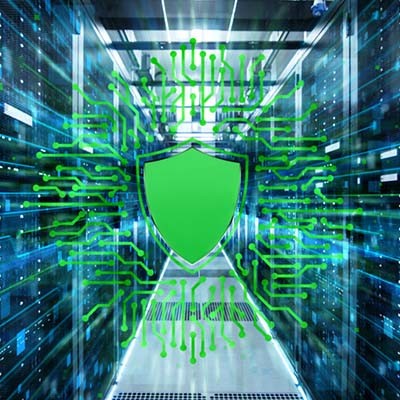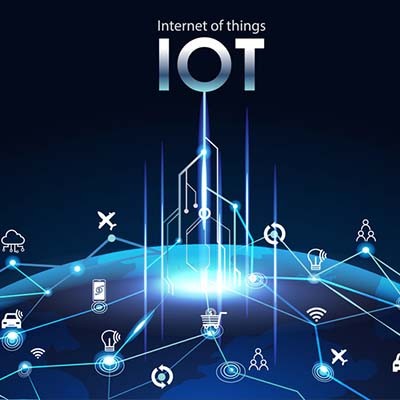Telesys Voice and Data Blog
As cybercriminals become increasingly sophisticated in their methods of attack, it is important that your staff--the ones on the front lines--are educated to spot these attempts and know what to do if one is encountered. In order to spot these attacks, it is important to know what to look for.
Today, perhaps now more than ever before, technology is making strides toward making its users consider ways to stay healthier. Wearables are one of the primary examples of how technology is aiming to make users both more active and more interested about their own health. At 2018’s Consumer Electronics Show in Las Vegas, Nevada, this technology was front and center, showcasing how far it has come in just a year’s time.
Data migration is a sizable task. There’s plenty that could go wrong as you move your data from one server to another solution. As you transfer your data, it helps to keep a few considerations in mind to ensure the process goes smoothly while getting the biggest benefit from the time it takes you.
Regardless of where it is kept, your data’s security is of paramount importance. However, this doesn’t mean that the decision between leveraging the cloud or an on-premise server for your data storage needs isn’t an important one. For this week’s tip, we’ll weigh these options against each other to help you establish which is the better option for your business’ needs.
It’s no secret that a business owner has more than enough to deal with, regardless of that business’ size.
Whether the business has 10 employees or 100, the business owner has to deal with the stress of managing the minutiae of everyday operations, along with any other issues that may pop up. As one might assume, financial concerns can contribute considerably to that stress.
Chatbots have been around for quite some time, and artificial intelligence is shaping the way that they are utilized for the modern business. Virtual assistants have risen in popularity, and they are featured on most smartphones out there. How can these “bots” help your organization?
Email is a solution that needs to be protected, lest you expose important information to any onlookers while messages are in transit. Encryption is one of the key ways you can make sure that your messages are safe, but email hasn’t always used this method to secure messages. In fact, it wasn’t until relatively recently that encryption became a staple of the major email providers.
The unfortunate truth of increased technology use in the workplace is that there is a corresponding increase in the potential for cybercrime, more specifically identity theft, to strike the workplace. The question is, what can you do to help prevent it, and how should you react to it should it strike?
What one organization considers a disaster might be much different than what another business might see as disastrous. Perhaps one sees the loss of a few hours and a few files as something that can be recovered, while another sees every lost moment and each iota of data as a catastrophe. Whichever camp you find yourself in, you need to be able to do two things: first, gauge how serious a given data loss disaster is, and secondly, establish what must be done to get back in action following said disaster.
Spam is a tricky subject to talk about, as it seems everyone has a different definition for it. Yet, most have come to the conclusion that spam is a bad thing. For today’s Tech Term, we want to delve deep into the different kinds of spam out there, as well as theorize where the term even came from.
This guide was created so that business owners, office managers, and IT departments can provide it as an educational resource to showcase some of the most basic IT security practices that can be implemented in your workplace. We recommend printing this out and handing it out to your staff for maximum results.
Social media might make it easy to stay connected, but it comes with a lot of negative side-effects--particularly in regard to security for both personal and professional use. If social media isn’t used properly, it could spell trouble for your organization. How can you foster proper social media usage so that your organization doesn’t suffer from poor security practices? It all starts by spreading awareness.
A computer is made up of many parts, one of which is today’s Tech Term: the motherboard. We’ll discuss what the motherboard does for your computer and why it’s such an important part for its continued operation.
Smartphones are the predominant mode of communication, as well as now being the devices most used to access the Internet. With so much depending on the modern smartphone, it has become one of the largest, and most competitive, markets of any consumer item. As a result, manufacturers are building devices with software that is able to encrypt the phone against unauthorized access.
One of the primary goals of technology development has long been to make technology as small as possible, while simultaneously improving its performance. The result of these efforts is the field of nanotechnology, which is now applied in a variety of uses.
Ransomware doesn’t discriminate with its targets, as the city of Atlanta, Georgia now knows so painfully well. The city became the target of a ransomware attack that crippled many of its critical system workflows. The municipal government suffered from one of the most advanced and sustained attacks in recent memory.
It’s critical that you protect your business’ important assets, including perhaps the most important of all: its data. One of the best ways to do this is by implementing a solid backup solution. But what’s the best way to approach data backup? After all, every business is going to have different needs. We’re here to tell you all about these different needs, and how your organization can implement a reliable backup solution based on yours.
Wouldn’t it be convenient if your business could have web pages or applications read out text for you so that you don’t have to? While most would consider this a luxury, these screen reading applications are an everyday occurrence to those who are blind, visually impaired, or have a learning disability. Even if you don’t have anyone in your office who needs screen reading, it can’t hurt to be prepared for a day when you might.
The Internet of Things has been growing rapidly, and with this growth it has become a major part of daily life. There are connected devices you couldn’t even fathom being needed, but some have turned out to be exceeding useful. In 1977, the release of Star Wars saw people’s imaginations expand. The science end of the sci-fi went into overdrive, and soon communications and computing would change forever. Despite being a long time ago in a galaxy far, far away, the Star Wars universe introduced several concepts of the Internet of Things, decades before the IoT was even conceptualized. This week, we will take a look at the modern day Internet of Things, and how Star Wars primed us for our own future.
Mobile? Grab this Article!
Tag Cloud

